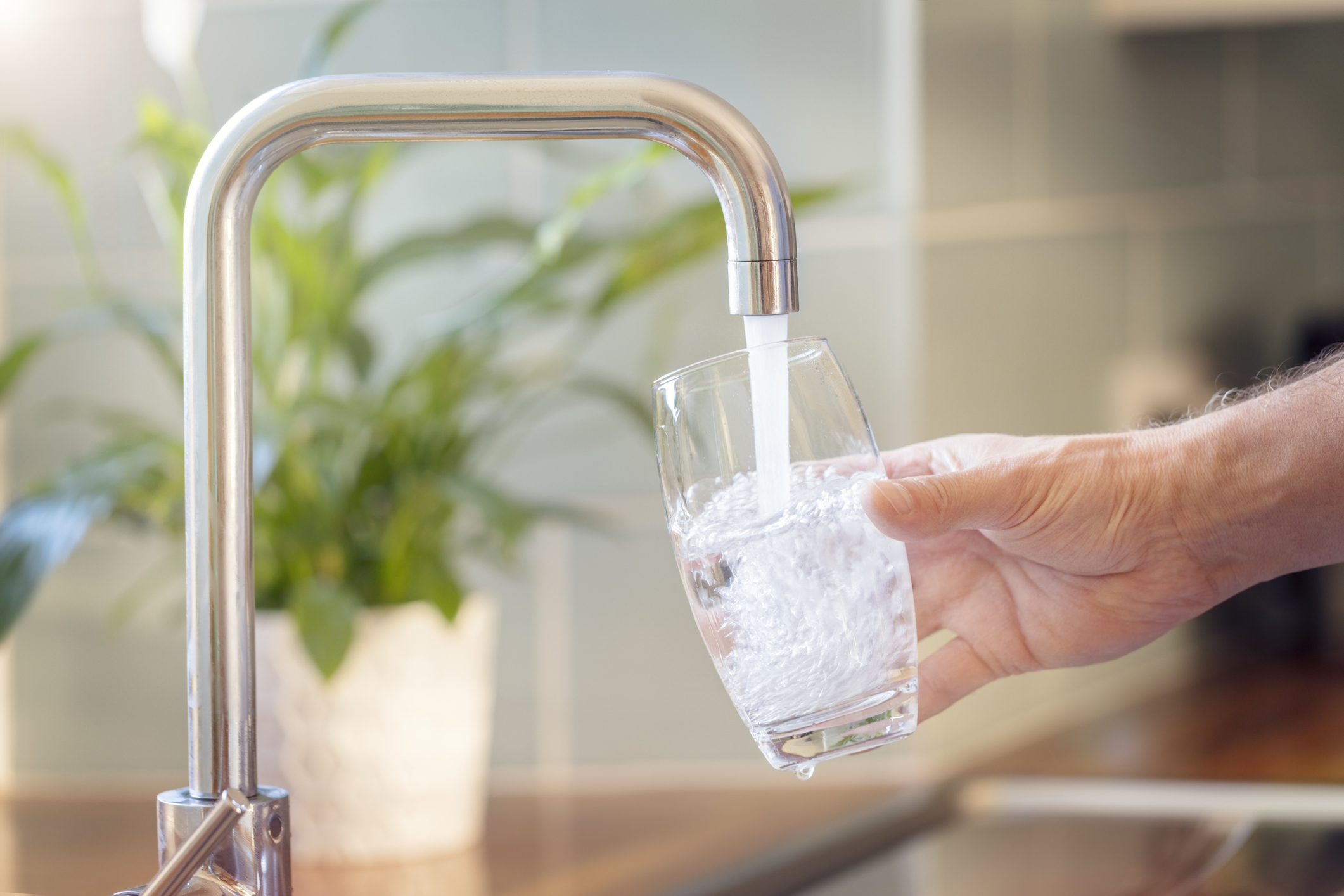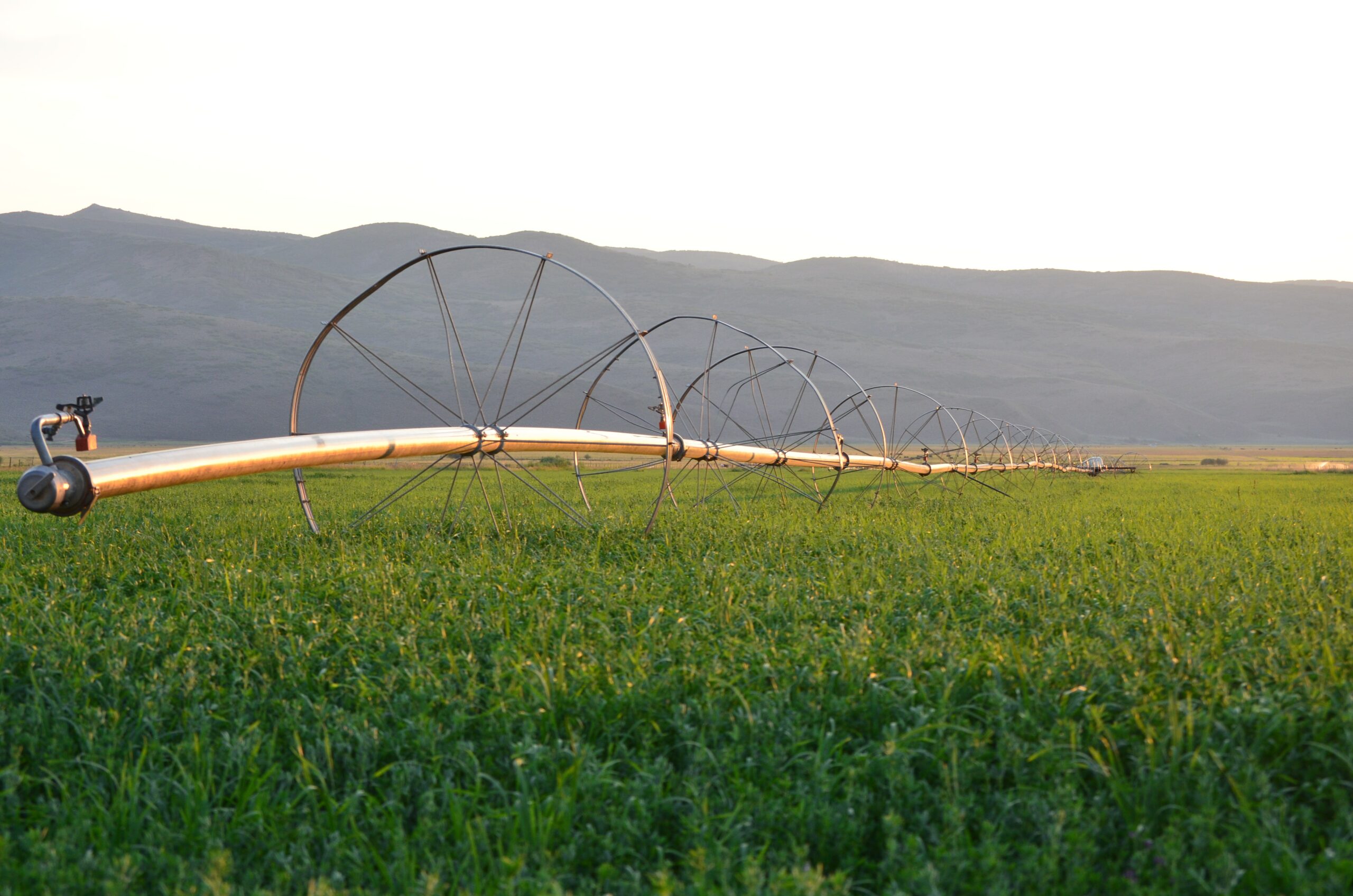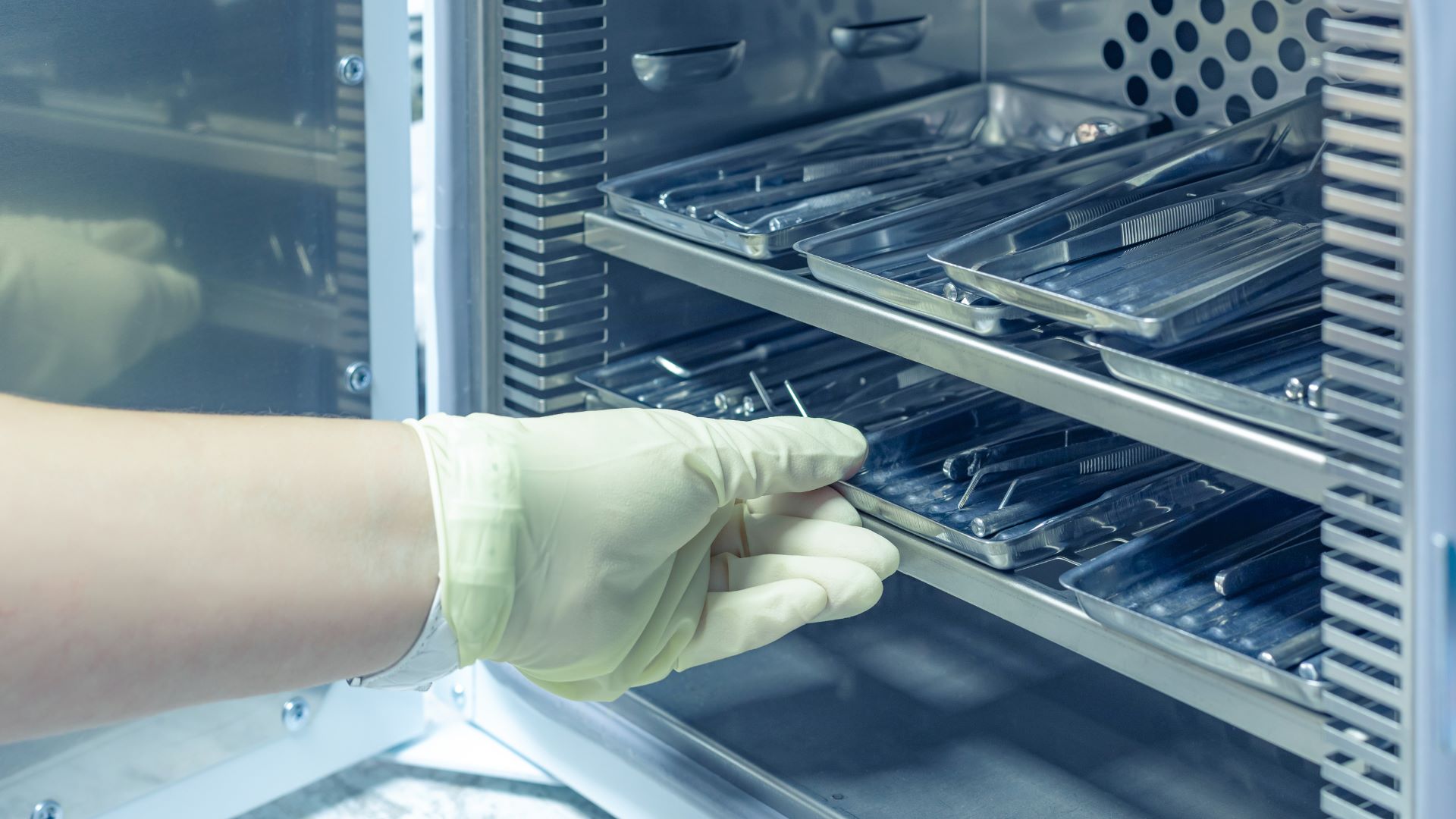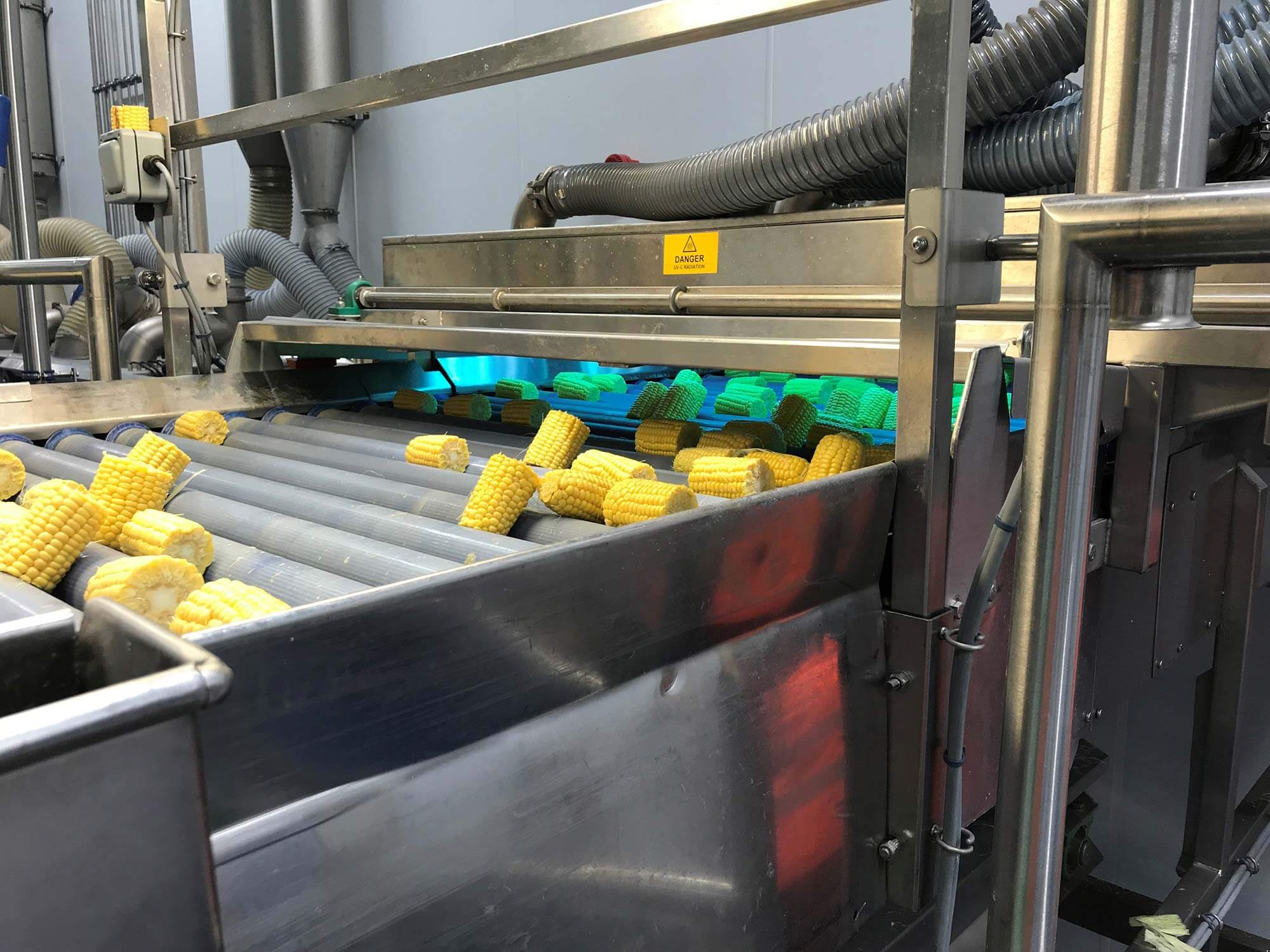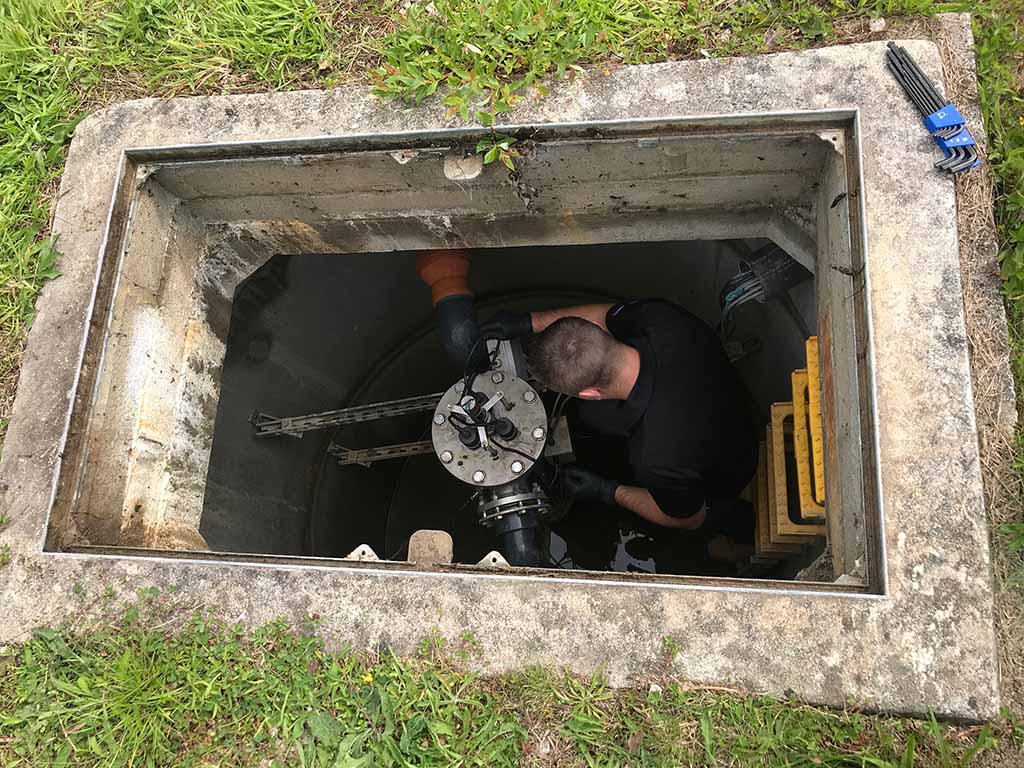UV transmission / T10 – What does it mean
UV transmission or T10 is the ability of the subject to have UV light pass through it. Now usually this will mean liquids or air. Where air is negligibly constant, liquids, including clear liquids will have greatly varied levels of transmission depending on its composition.
If we are talking about liquids, we fill a 10ml square vial with the fluid and plonk it in our analysis machine. The testing unit is fairly simple, one side of the vial has a UV light emitter, the other a UV receiver. You see where this is going right? 254Nm UV light is shot through from the emitter and the receiver tells you how rubbish (or great) your liquid is at letting it through.
The tap in our office has water come out at around 93-95%. 90-95% is pretty normal as standards go. But why isn’t tap water 100%, well to bring tap water up to drinking standards it has a few chemicals added to it in really small doses. Now, these chemicals deflect or absorb a certain amount of the UV light we fire through it and depending on how concentrated the chemicals are on a particular day, will get a higher or lower T10 reading. This will be the same as other water sources, but using river water as an example, the things blocking and absorbing UV are more….well, natural things.
Now say instead of your water coming from the mains supply it comes from a nearby borehole, this water won’t be treated at all and could have anything in, chemicals or germs. Our job is to make that water safe to drink from a germicidal perspective. Once the water passes through a suitable UV unit, there will be no sign of germs, no matter how many there were to begin with. How effective our treatment will be depends on the composition of the water so we will get all the big stuff out first using filtration. If particles are getting through our filtration then it will be small enough to be treated by the UV so in theory would then become clean dirt
An element we come across quite often that is very efficient at blocking out UV is Iron. UV treating Iron rich water is comparable to firing a bow and arrow at a tank, it’s not going to do very much damage. (The picture in my head may be much better than how this look written down) The only solution to this is to put an Iron filter before the UV unit, there is no other way. There are a few elements that do similar things to Iron, but thankfully they rarely turn up, especially all together.
UV will penetrate much further into liquid with a high T10 meaning flow through the chamber can be faster or the unit can be more compact and cost less to run. With a low T10, the fluid will still be treatable but a higher power lamp will be used alongside a smaller diameter chamber. This means the water furthest away from the lamp is still pretty close and getting a hefty hit of UV with it.
Does that answer the question? I hope so.

